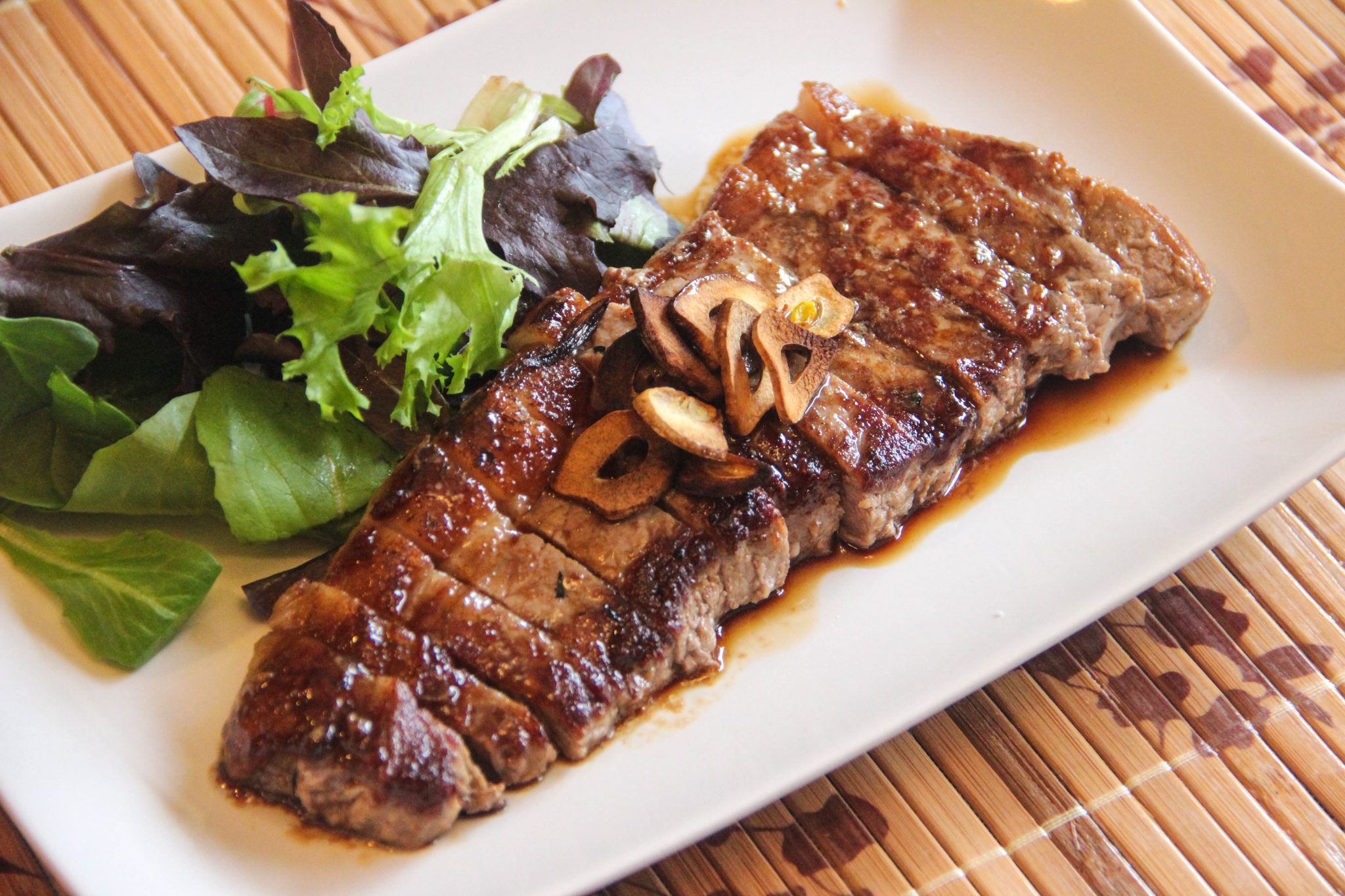
The conditions forced upon the beef cattle in Japan in return for high Wagyu beef prices and profits leave a lot to be desired.Ĭattle are ruminant animals meaning they are grass / plant roughage eaters with a unique digestive system comprising of one stomach with four compartments designed by mother nature to break down the plant roughage. Let's take a look at the good and the bad sides to Wagyu Beef. It is this natural predisposition for storing intramuscular fat that makes Wagyu Beef cattle so unique and sadly so exploited. They are all horned breeds and surprisingly, are naturally medium-sized cattle breeds with a unique natural genetic predisposition to storing fat throughout their muscle fibers which they used as their primary energy source as working cattle. These breeds were traditionally used as working cattle and chosen for their strength and endurance. Japanese Brown (Red) is the second most common breed with Japanese Shorthorn making up just 1% of Japanese Wagyu. Wagyu can come from any one of these Japanese cattle breeds with Japanese Black making up almost 90% of total Japanese Wagyu. Japanese Brown (also called Japanese Red).



Wagyu simply means a type of cattle raised in Japan with the direct translation ‘Japanese Cow.’There are four distinct fullblood breeds of cattle native to Japan that make of Japanese Wagyu: Wa 和 – means 'old Japan' and gyu 牛 - means cow Wagyu pronunciation is wa-gyoo in English and represented by the two Japanese Kanji characters 和牛


 0 kommentar(er)
0 kommentar(er)
